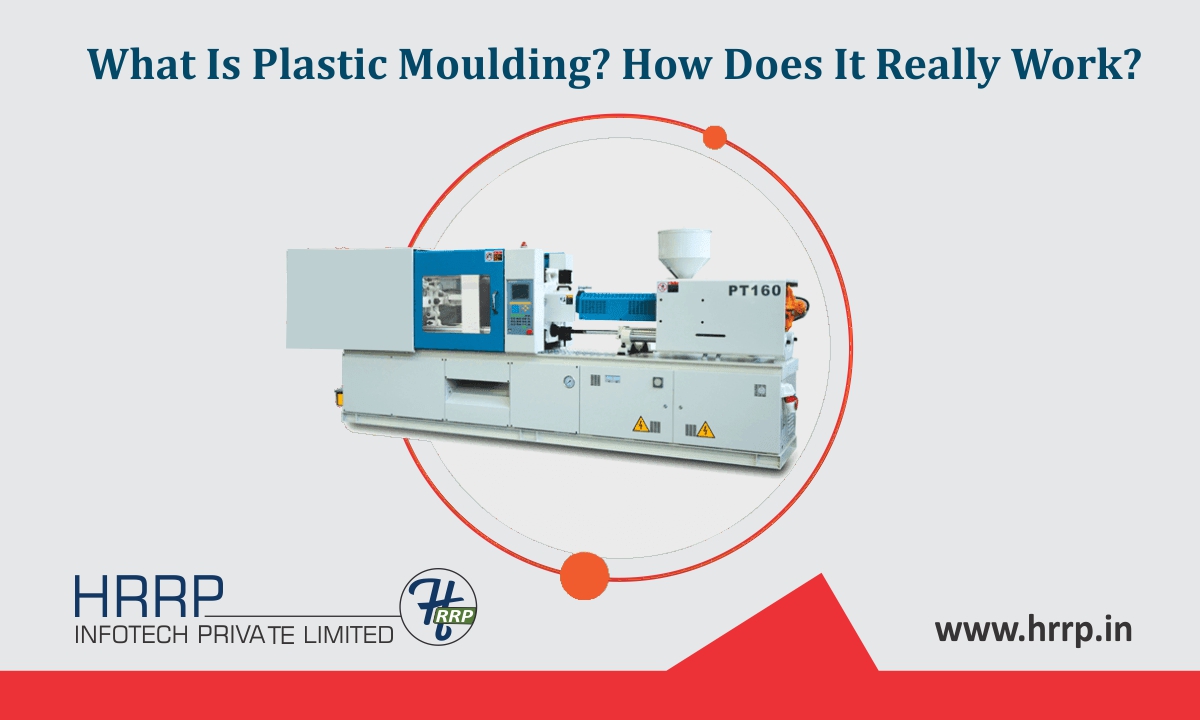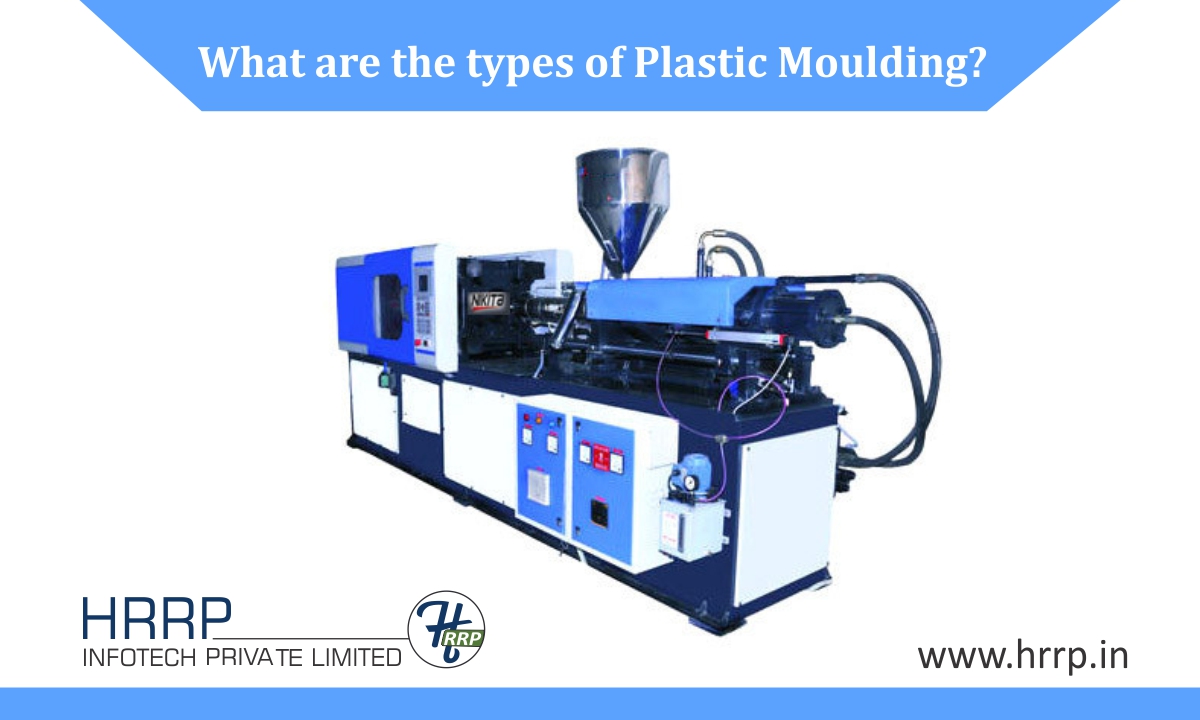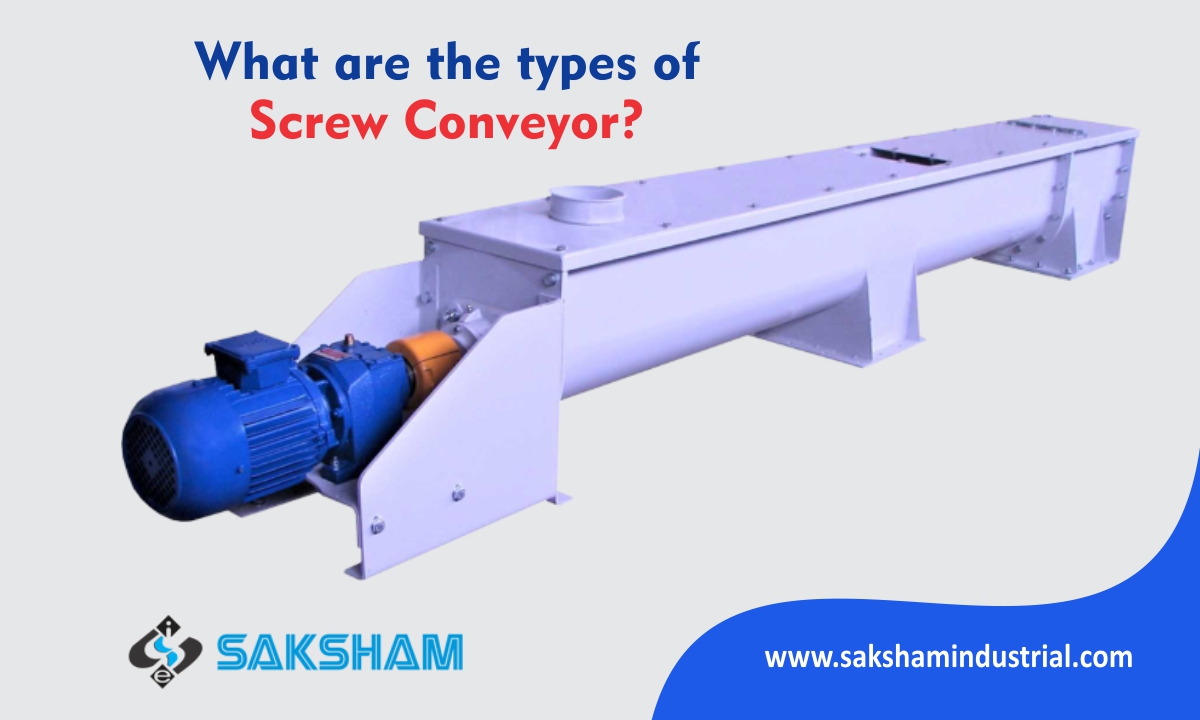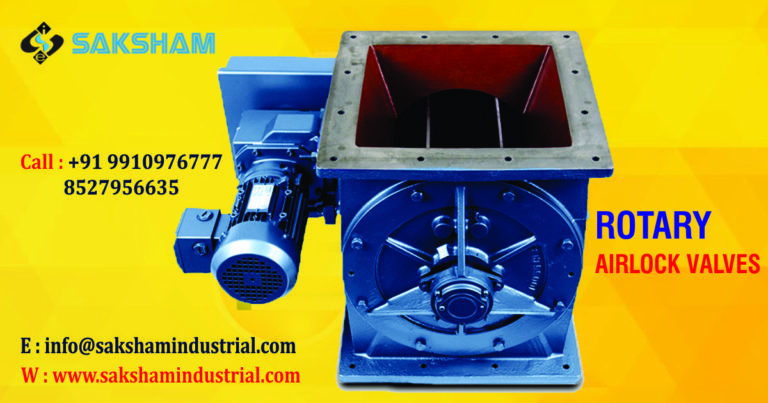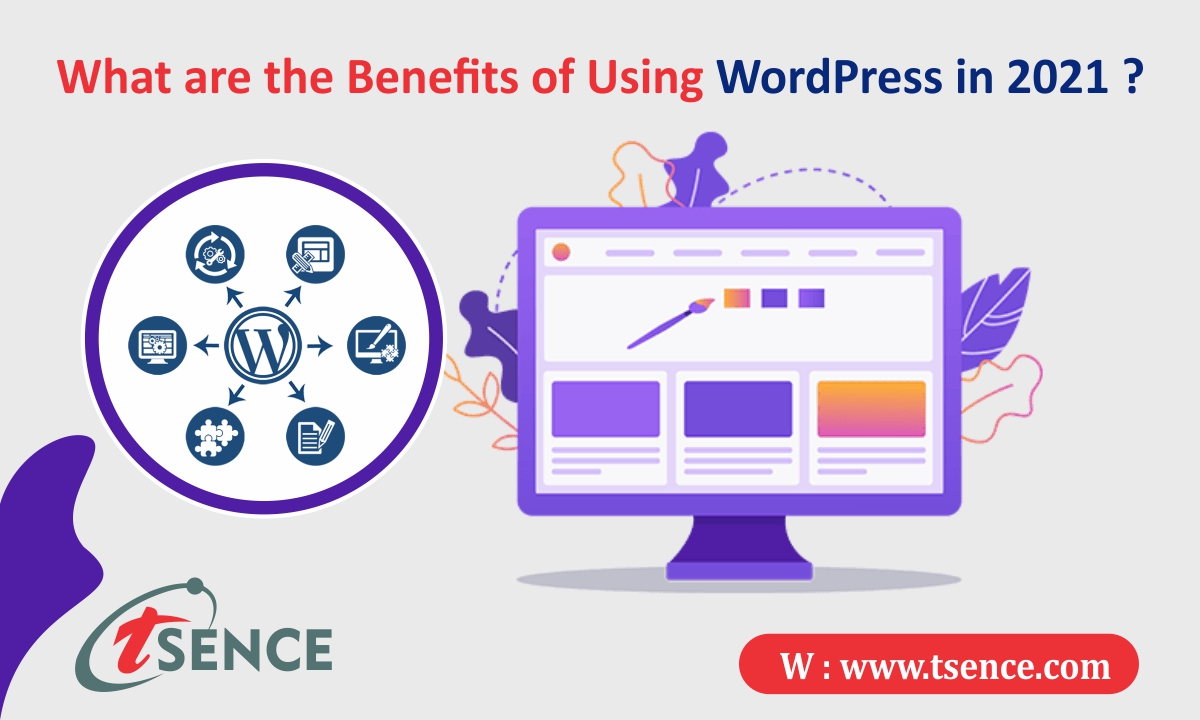What are the types of Plastic Moulding?
Plastic moulding is the process of pouring liquid plastic into some container or mould, so that it set in that customized shape. These plastic moulds can be used for an extensive range of purposed. There are four types of plastic moulding that is considered to be the most effective and popular ones. These are the four types of extrusion moulding compression , blow , injection and rotational moulding. We will discuss all the details pertaining to each of these methods so that you can make a decision which one will be the most effective for you to use.
#1: Compression Moulding
This method entails the raw liquid plastic being poured into a heated mould and then being compacted together to form the preferred shape. The high temperature of the whole process ensures good strength in the final product. The process is finished off by cooling the liquid plastic therefore that it keeps its form before being timed and removed from the mould.
Common Uses of Compression Moulding
The most effective way to use this method if you want to make the plastic parts to be damaged metal parts. The reason for this is because the high-temperature method, which enables you to have a very sturdy and durable end product. Although it is plastic, it is a strong & low-cost replacement for the metal parts. The cost-effectiveness of this moulding method is dependent on number of factors like the complexity of the design, the number of cavities and the surface finish. When you are mass producing then this method is perfect because the cost per part will be very low.
#2: Blow Moulding
With blow moulding, custom plastic parts come out hollow and thin-walled. This method is perfect for when the plastic part has to have uniform wall thickness. This is very akin to the process of glass blowing. The machine heats up the raw plastic until it becomes liquid & then injects air into it like a balloon. The plastic is blown into a shaped mould and as it gets larger it presses against the mould walls & it starts to take its shape. After the liquid balloon fills the mould it is cooled to keep its shape. The procedure is very fast and can produce up to 1,400 pieces in a 12 hour work day.
Common Uses for Blow Moulding
Blow moulding is mainly responsible for producing products such as –
- Plastic Bottles
- Drums,
- Cases
- Even Fuel Tanks
If your required number of parts is around the hundreds of thousands then this method is ideal for you. This is a fast as well as economical friendly option with the mould prices ranging somewhere in between injection and rotational moulding.
#3: Injection Moulding
Injection is fairly akin to extrusion moulding. The difference is that with injection moulding the process, melted plastic is injected directly into a custom mould. The injection is below high pressure therefore that the mould is filled and a solid part is made. As with the other methods, after the mould is filled, the plastic is cooled as to keep its innovative shape & then the mould is opened.
Common Uses for Injection Moulding
This is an ordinary method to produce a high volume of plastic parts such as car parts or even parts for surgical applications. The products can also be made with increased flexibility to suit the requirements of designers or engineers. When it comes to the pricing the moulds can be very costly because they need to be steel or aluminium for higher strength and sturdiness. Fortunately, as with most methods, the cost per unit drops significantly depending on your production volume.
#4: Rotational Moulding
Also sometime called rotomoulding, this method absorbs the resin or liquid being placed inside the mould & then being rotated at high speeds. The liquid then regularly covers the complete surface of the mould to create a hollowed part with all the walls evenly thick. After the mould is cooled and the liquid plastic has taken its new form it is the taken out of the mould. This method is very material efficient and very little goes to waste making it more economical as well as environmentally friendly.
Common Uses for Rotational Moulding
The most common use for this way is for big & hollow parts. This part contains car parts, bins, kayaks, road cones, pet houses & storage tanks. The moulds that are utilized in rotational moulding are extremely intricate to make products customizable and changeable. This can include things such as special inserts and curves as well as logos and slots. These can be placed into the mould to transform the final product. HRRP Infotech Private Limited (HRRP) is one of the best Plastic Moulding Company that exclusively offers rotational molding; we’ve gone to great lengths to ensure this guide accurately helps you choose the best form of molding for your product.





